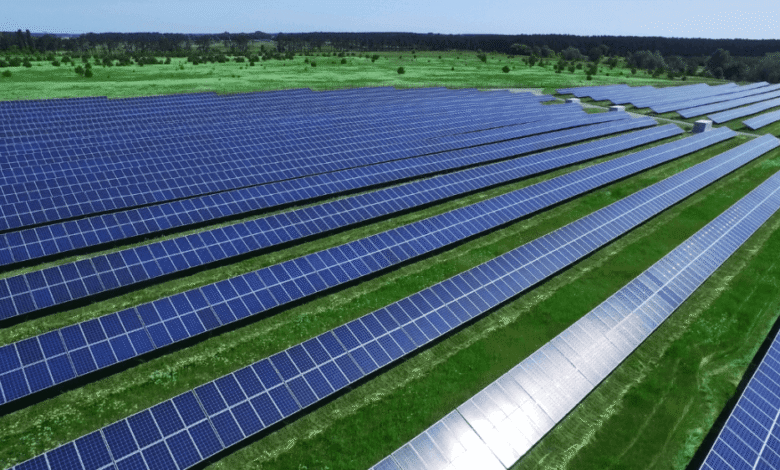How to Transition Your Home to Green Energy in the UK

As the UK intensifies its efforts to meet climate goals, homeowners are increasingly seeking ways to reduce their carbon footprint. Transitioning to green energy is not just a commitment to sustainability but also a strategic move toward energy independence and long-term savings.
From switching to renewable electricity providers to installing solar panels and heat pumps, making your home eco-friendly is more achievable than ever.
Why Go Green?
Energy consumption is one of the largest contributors to household carbon emissions. Green energy solutions help reduce reliance on fossil fuels, lower energy bills, and support national sustainability goals.
They also enhance property value and make homes more attractive to environmentally conscious buyers. With incentives and support schemes in place, the transition is now more accessible than ever before.
Step 1: Energy Audit and Efficiency First
The journey toward green energy starts with understanding your home’s current energy consumption. Conducting a thorough energy audit will reveal where energy is being wasted and what upgrades are needed.
Key improvements include:
- Upgrading insulation in walls, roofs, and floors
- Switching to double or triple glazing
- Replacing outdated appliances with energy-efficient models
- Installing programmable thermostats and smart meters
This foundational step ensures that energy generated from sustainable sources is used effectively.
Step 2: Choose a Green Energy Supplier
One of the easiest and quickest ways to reduce your home’s carbon footprint is by switching to a renewable energy supplier. Many UK energy providers now offer tariffs backed by 100% renewable sources, including wind, solar, and hydro.
What to look for:
- Renewable Energy Guarantees of Origin (REGO) certification
- Competitive rates and flexible plan
- Transparent sourcing and strong customer reviews
Changing suppliers is a straightforward online process that can be completed in minutes.
Step 3: Install Solar Panels
Installing solar photovoltaic (PV) panels is a major step toward energy independence. These systems capture sunlight and convert it into electricity, allowing homeowners to power their homes sustainably.
Advantages of solar panels:
- Reduce monthly electricity bills
- Qualify for the Smart Export Guarantee (SEG)
- Increase home value and EPC ratings
Engaging a professional renew-able.co.uk ensures optimal placement, efficiency, and compliance with local regulations.
Step 4: Adopt Renewable Heating Solutions
Heating accounts for a substantial portion of household energy use. Switching to renewable heating systems can dramatically cut emissions.
Common solutions:
- Air source heat pumps: Extract heat from the air to warm your home
- Ground source heat pumps: Use underground pipes for consistent heating
- Biomass boilers: Burn organic materials like wood pellets
Many providers offer end-to-end service, making the switch more convenient than ever.
Step 5: Integrate Battery Storage and Smart Controls
To make the most of generated solar energy, battery storage systems are key. These devices store excess energy produced during the day for use at night or during grid outages.
Smart energy systems also include:
- Real-time energy consumption tracking
- Automated lighting and heating schedules
- Alerts and recommendations for energy savings
These technologies enhance energy efficiency and provide greater control over household consumption.
Step 6: Water Conservation and Sustainable Habits
Sustainable living goes beyond energy. Incorporating water-saving technologies helps further reduce your environmental impact.
Effective water conservation strategies:
- Installing low-flow fixtures and dual-flush toilets
- Setting up rainwater harvesting systems
- Using greywater for irrigation
Adopting mindful habits like minimizing single-use plastics and reducing meat consumption also contribute to a greener lifestyle.
Step 7: Explore Grants and Incentives
Several UK government schemes exist to make green energy adoption more affordable.
Available support includes:
- Boiler Upgrade Scheme (BUS)
- Reduced VAT rates on installations
- Local authority grants and community initiatives
Staying informed about eligibility and deadlines ensures you make the most of available funding opportunities.
Conclusion
Transitioning your home to green energy in the UK involves thoughtful planning, but the benefits are long-lasting. From increasing energy efficiency to adopting renewable systems, every step contributes to a healthier planet and a more cost-effective household.



